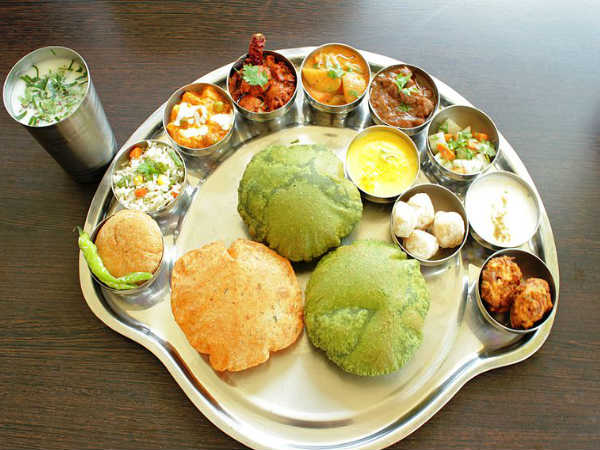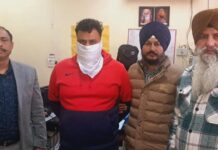The celebrations for Chaitra Navratri are scheduled to start on March 22 (Wednesday) and last for nine days, ending with Ram Navami, the anniversary of Lord Rama’s birth. According to the Gregorian calendar, Chaitra Navratri begins on the first day of the Hindu calendar and falls in either March or April. Throughout the nation, the grand nine-day festival is celebrated with great fervor and enthusiasm, and Maa Durga devotees observe a nine-day fast in order to obtain the goddess’ blessings. On the first or last day of Navratri, on either of the first or last two days of Navratri, or on any of the two days of Navratri, some people may also observe jodas.
There are four occasions to celebrate Navratri each year, with two of those being the most widely observed. Whereas Sharadiya Navratri is celebrated in October or November and ends with Dussehra, Chaitra Navratri is marked in March or April. Every day of the Hindu festival, also known as Vasant Navratri, is devoted to a different Maa Durga avatar, including Shailputri, Brahmacharini, Chandraghanta, Kushmanda, Skandmata, Katyayani, Kaalratri, Mahagauri, and Siddhidatri.
Navratri customs that apply to all Hindus
Whether or not one is fasting, during Navratri one should observe specific guidelines and refrain from eating certain items that are regarded as tamsik, such as onion and garlic.
– Avoid consuming tamasic meals like alcohol, non-vegetarian food, onion, and garlic.
Use tomatoes and coriander seeds when creating vegetable curry; omit ingredients like brinjal, okra, and mushrooms.
– Avoid getting your hair cut or shaving during Navratri.
– During the nine days of the auspicious festival, it is necessary to live a satvik lifestyle, which includes doing your morning and evening aarti, refraining from gossiping or criticizing others, and attempting to assist the less fortunate.
Rules for those who are fasting during Navratri
– One of the important rituals of the festival is the Kalash Sthapana or Ghatasthapana, which is performed on the first day of Navratri and should be performed while Pratipada is in effect.
– On each day of Navratri until Dashmi, those who fast also light an akhanda deepak. But as an alternative, one can also perform aarti every day until the festival is over in the morning and the evening.
– Every day of the festival of Navratri is devoted to a different Maa Durga avatar. During Puja, it is advised to wear red and to give red flowers to all of Devi Maa’s avatars.
– Present singar items and bhog to Maa Durga and all of the goddess’s incarnations.
Navratri foods to eat and stay away from
While observing fasts, one can choose from a variety of foods. Samvat ke chawal (banyard millet), kuttu ka aata (buckwheat flour), sabudana (sago), Rajgira, and singhare ka aata (water chestnut flour) are some examples of this.
– potatoes, sweet potatoes, bottle gourds, cucumber, carrots, arbi, pumpkin, spinach, and bottle gourds.
People should stay away from certain foods, spices, herbs, and grains, including onion, garlic, okra, brinjal, and mushrooms.
When fasting, people are not permitted to eat certain foods, including wheat, rice, semolina, maida, corn flour, legumes, and pulses.

 English
English






